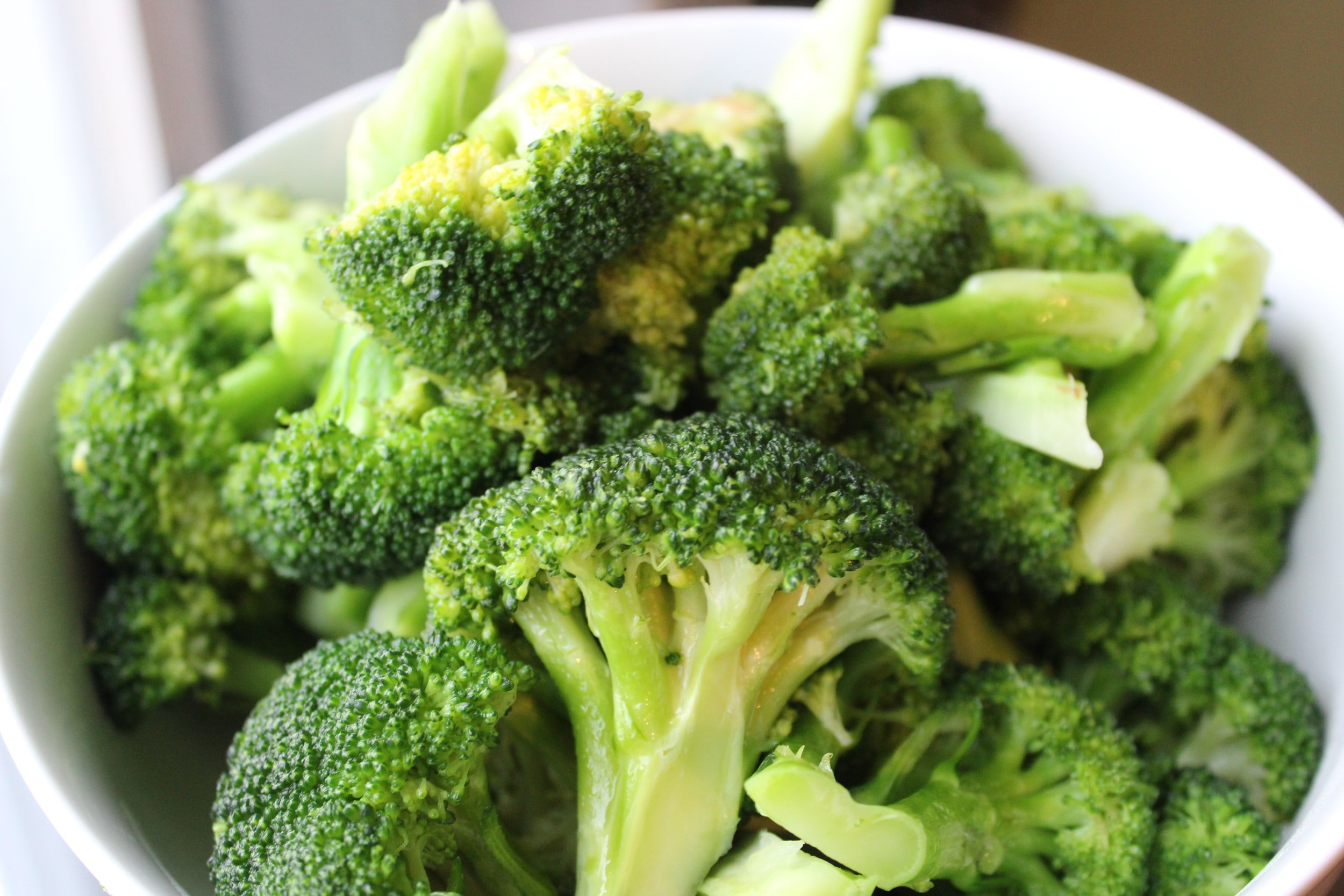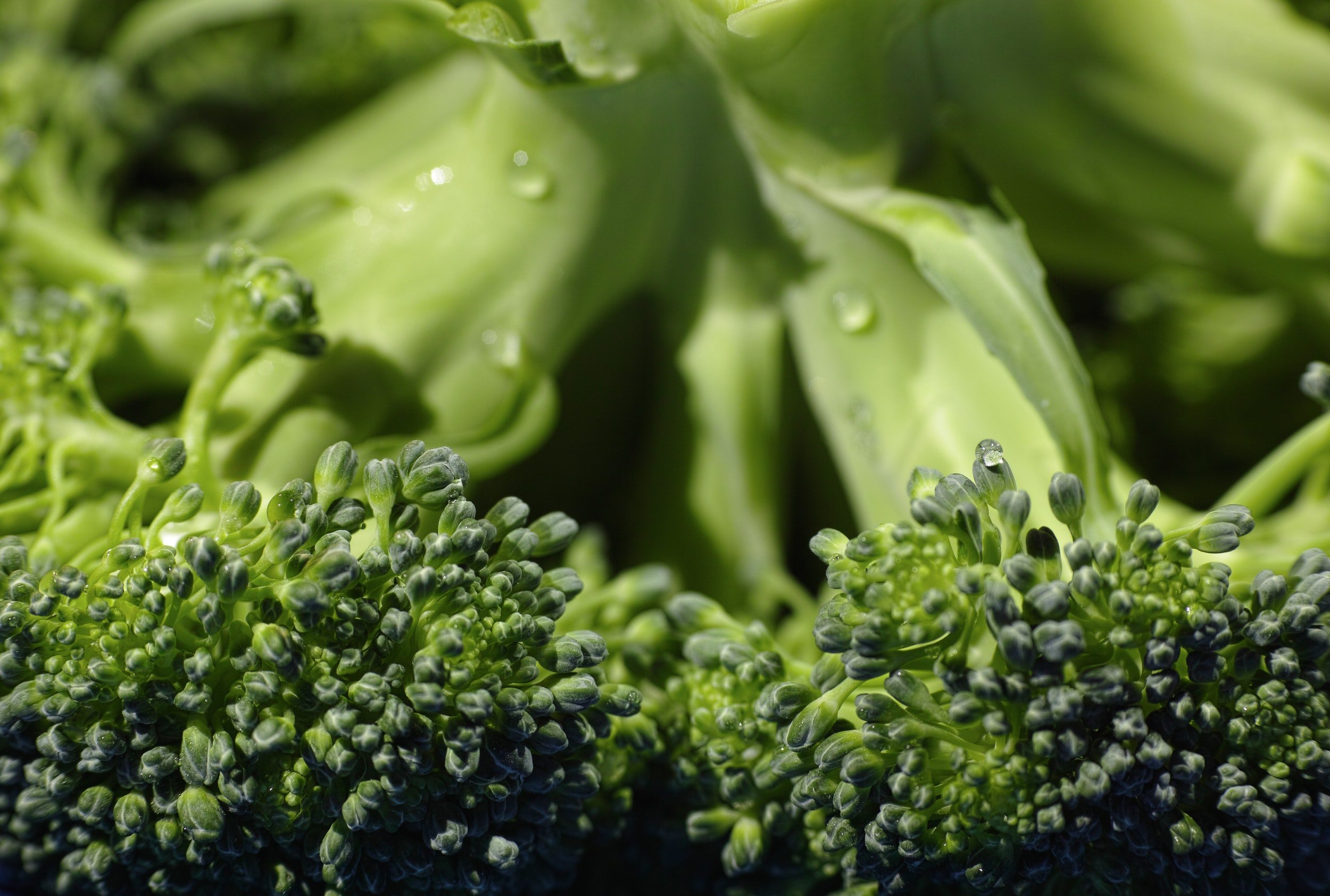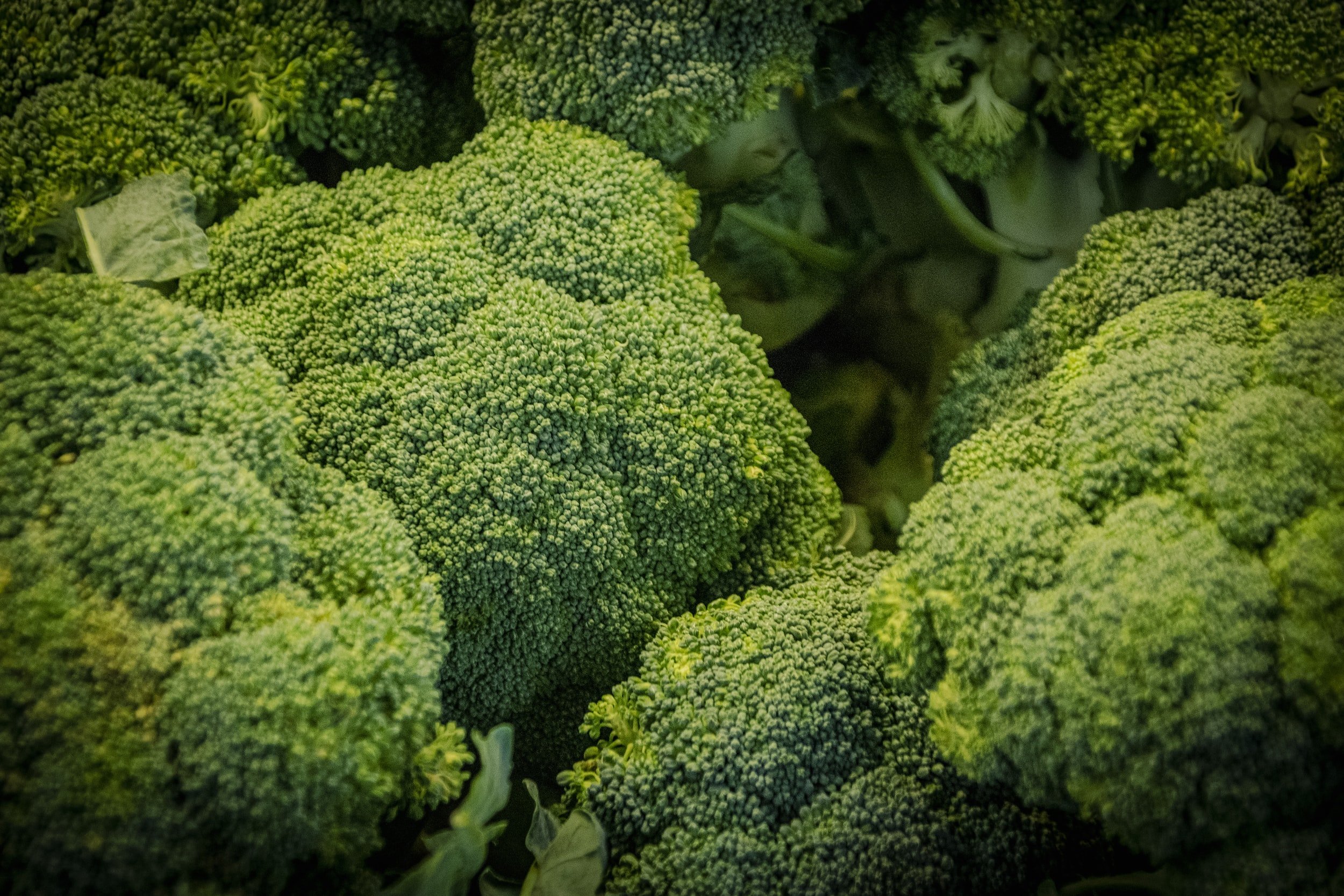How to Grow Broccoli
Here at J&R Pierce Family Farm, I think it’s important to connect my readers with valuable insight from other master gardeners. Today’s post is a guest post brought to you by Stephanie Maguire.
Well-known as an abundant source of vitamins, minerals, fiber and antioxidants, broccoli is a sun-loving, cool-season, cole crop that belongs to the mustard family. It is a descendant of wild cabbage.
It’s an edible, green, cruciferous vegetable from the plant species Brassica oleracea, with large flower heads that branch out from a thick stalk, and grow surrounded by green leaves. Interestingly, broccoli was originally grown for its stems.
Broccoli grows best in the spring or fall, can be grown in the ground or in containers, and is well worth growing for its high nutritional content. Two crops are possible per year in most places, but broccoli is temperature-sensitive.
So it is important to plant it at the proper time.
If you’re looking to learn how to grow broccoli, you’re in the right place! In this article, I outline how to go about growing broccoli, the things to avoid, and what you can do to help your broccoli thrive!
**J&R Pierce Family Farm is a participant in the Amazon Services LLC Associates Program, an affiliate advertising program designed to allow sites to earn advertising fees by linking to products on Amazon. I often link to Amazon when recommending certain products, and if you choose to purchase, I may earn a small percentage of the sale. It costs you nothing extra, and all recommended products are ones that I personally vouch for. **
What is the Trick to Growing Broccoli?
A few broccoli growing “hacks” are:
Plant when the weather is cool - broccoli is a cold hardy crop that can handle a light frost
Start seeds indoors about 8 weeks prior to the last frost date for faster transplanting
Amend the soil with lots of compost
Harden off your seedlings before transplanting
Water, weed, and fertilize regularly!
Here’s a video that will walk you through the entire process of broccoli gardening, from seed to table:
Broccoli Soil Preferences
Broccoli prefers to be planted in moist, well draining, mineral rich soil with a pH that is slightly acidic to neutral, and ranges between 6.0 and 6.8. This pH is preferred by the plant and will discourage clubroot disease.
If you don’t know the pH of your soil, you can test it in a variety of ways, including home test kits. This is important to know because the pH of your soil can be a direct indicator of the success you may or may not have with growing plants in a particular area.
Increasing the organic matter in your soil has shown to move both acidic and alkaline soils to a more neutral range, plus, broccoli thrives when nutrients are abundant. So, adding several inches (two to four) of compost or another rich, organic material to the area where you plan to plant your broccoli is highly recommended. Make sure you add this to your garden planning chart!
Something to look out for in your broccoli plants is nitrogen deficiency. If the leaves of your broccoli plant begin to yellow, starting at the bottom and continue to turn yellow up the plant, you need to supplement nitrogen in your soil.
Pre-Seeding Broccoli
As a cool season crop, broccoli is best planted during the cool weather of early spring or early fall. High temperatures, often experienced in mid-summer, will stunt its growth. So, you should try to time your planting so that your broccoli matures and comes to harvest before temperatures average no more than 75°F (23°C) every day.
While broccoli seeds may germinate in 40°F (4°C) soil, warmer temperatures will speed up development and will increase the chances of a hearty harvest.
When preparing to plant broccoli in the spring, start seeds indoors a few weeks (six to eight) before your last spring frost date, or the average date of the last light freeze, making sure the soil can be worked if you are planting outdoors (you can also start seeds indoors).
It is important to take note that this date will vary depending on where in the world you live.
When preparing to plant broccoli in the fall, start seeds indoors in mid to late summer, and set them in the garden in autumn to harvest a late fall or early winter crop.
Transplant broccoli seedlings to your garden when they are 4 to 6 weeks old.
Broccoli will come to harvest in 55 to 85 days when grown from transplants and in 70 to 100 days when grown from seeds.
Sun / Light / Temp Requirements of Broccoli
Broccoli plants love sunlight, so they need to be planted in a place where there is full sun exposure for a minimum of six to eight hours each day.
Inadequate sunlight is likely to produce plants that are leggy, weak, and thin, along with substandard heads. Broccoli does best outdoors in temperatures of 65°F to 70°F (18° to 21°C). However, broccoli is frost hardy and can tolerate temperatures as low as 20°F.
Broccoli is temperature sensitive. If transplants are exposed to temperatures below 40 degrees for a week or two, or if you plant them too late and the temperature increases too much, the exposures will trigger broccoli heads to form too early.
Be aware of the temperature projections in your area before you transplant your broccoli plants.
Container Planting Broccoli
Broccoli can be grown in the ground or in containers. If you’re opting for containers, make sure the container you choose / build is at least 8 inches deep. If you are planning to plant more than one broccoli plant in your container, make sure your container is able to accommodate spacing them 18 inches apart.
Ground Planting Broccoli
If you started your seeds indoors, transplant seedlings that are four to six weeks old, are two to three inches in height, and have four or five leaves, outdoors.
Space them 12 to 20 inches apart, making sure to plant them in holes that are somewhat deeper than the container in which they were originally growing.. If started outside, thin them, and space them 12 to 20 inches apart. Generally, the most recommended spacing is 18 inches.
When planting in rows, space your broccoli rows three feet apart to allow yourself enough room to walk between them. When spaced closer together, broccoli will yield smaller primary heads of broccoli , but will produce more secondary shoots and heads. Space based on the result you aim to achieve.
Watering
Broccoli thrives when soil is kept consistently moist. Water routinely, making sure that your plant receives 1 to 1 ½ inches of water per week. A rain gauge is a great way to measure the amount of rain your broccoli is regularly receiving. Simply leave it in the garden, and check it often to make sure your broccoli is receiving adequate waterings.
Keep in mind that it is important not to get the broccoli heads wet while watering. Doing so can facilitate rot. Water your broccoli at the base, and be careful of the developing broccoli heads.
Maintenance, Diseases & Pests
Fertilize broccoli with a low-nitrogen, continuous-release fertilizer three weeks after transplanting seedlings into your garden. That way, you can make the most of your gardening efforts, and facilitate larger heads. Or, spread a well-aged compost around the seedlings when planting and again in the middle of their growing season.
Be careful of disturbing broccoli’s shallow roots. Discourage weeds, retain moisture, and encourage lower soil temperatures by spreading a thick layer of organic mulch in your broccoli garden.
When planting in early spring in colder climates, you may need to plant through black plastic.
If you are interested in encouraging the growth of secondary shoots, continue fertilizing and watering your broccoli plants even after the first heads have been harvested.
Row covers are a great way to help minimize pests. Common pests that may plague broccoli are aphids, cabbage loopers, cabbage root maggots, cabbageworms, whiteflies and flea beetles, so be on the lookout for the signs of such invaders. Common diseases to be mindful of are black leg, black rot, and clubroot.
Harvesting Broccoli
When the cluster of flowers, also referred to as the "head" of broccoli, has firm, tightly closed, green buds, it is time to harvest. If you begin to see yellow flowers, harvest your broccoli immediately, no matter its size. How edible / enjoyable your broccoli is will quickly decline after this point.
When harvesting, cut an angled incision on the stalk, making sure to take a minimum of 6 inches, and leaving the base of the plant and some outer leaves.
Once you have harvested the main head of your broccoli plant, it will often continue producing smaller side shoots. Keep watering and fertilizing your plants, even after your main harvest, if you hope to encourage more to enjoy. This may continue to happen multiple weeks after your main head has been harvested!
Final Thoughts
Broccoli is a cole crop that can be grown in the ground or in containers, and is (notorious for its high nutritional content.) To thrive, broccoli plants need cool weather, full sun, adequate water, and rich, fertile soil.
Timing, temperature, and maintaining a soil pH between 6.0 and 7.0 are also keys to a bountiful broccoli harvest. Depending on where you live, you may be able to have two broccoli harvests per year and may be able to enjoy secondary shoots for many weeks after your main broccoli head has been harvested.
Growing broccoli in your own backyard is a great way to add vitamins, minerals, and phytonutrients to your plate without ever having to step foot inside a supermarket.
Stephanie Maguireis a freelance writer. After transitioning from a diet of predominantly highly processed, pre-packaged products to a lifestyle that is “whole food, plant-based & gluten free,” Stephanie reversed multiple mounting health concerns, lost 110 pounds, and discovered a passion for the healing power of plants!
Now she’s a plant-powered mama on a mission to share her plant-based-plates so you too can feel great and be living the life of your dreams!
You can read more about her story, and see her plant based plates on her website, Crunchy Veggie Mama.
There you have it! Everything you need to know about growing broccoli. Have you used them before? Let us know how it went for you by chiming in below!
Want to learn more about farming? Be sure to check out these featured articles!
Subscribe to our email newsletter for regular tips and tricks on homesteading – wherever you are. You can also follow us on Instagram (@jrpiercefamilyfarm) and Pinterest (J&R Pierce Family Farm) for frequent updates. Happy homesteading!






